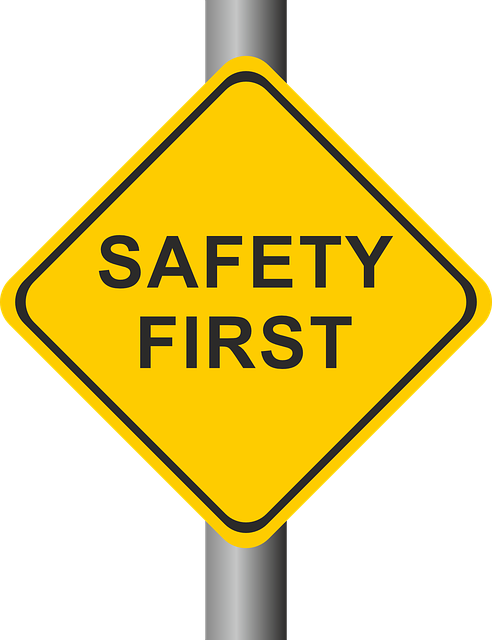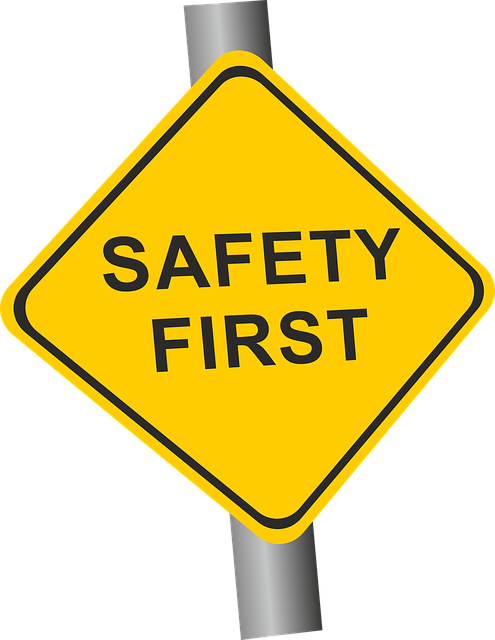In the transportation sector, prioritizing safety starts with thorough background checks and driver screening. These processes examine criminal records, driving history, employment backgrounds, and references to ensure qualified candidates. Advanced digital tools streamline these screenings, fostering a culture of safety by mitigating risks from unqualified drivers who pose threats on the road. Regular updates, rigorous verification, drug testing, and practical driving tests are best practices for background checks in transportation, enhancing operational safety and responsibility.
In the transportation industry, ensuring safety on the road starts with hiring qualified drivers. Background checks, or driver background screening, play a pivotal role in preventing the employment of unqualified or unfit candidates. This comprehensive guide explores the significance of thorough driver screening, delving into the potential risks and consequences of neglecting it. We’ll detail how meticulous background checks safeguard roads and offer best practices for effective driver qualification processes.
- The Importance of Driver Background Screening
- Unqualified Drivers: Potential Risks and Consequences
- How Background Checks Prevent Hiring Unfit Candidates
- Key Components of an Effective Driver Screening Process
- Best Practices for Ensuring Safety Through Background Verification
The Importance of Driver Background Screening

In the realm of transportation, ensuring safety is paramount, especially when it comes to hiring drivers. That’s where comprehensive background checks in transportation or driver background screening play a pivotal role. These screenings serve as a robust defense mechanism against potential risks, safeguarding both passengers and other road users. By delving into an applicant’s history, employers can identify any red flags that may indicate unsuitability for the role, thus preventing unqualified individuals from operating vehicles under their auspices.
The process involves verifying crucial details such as criminal records, driving history, employment background, and references. This multi-faceted approach ensures a holistic understanding of a candidate’s character and suitability behind the wheel. In today’s digital era, advanced screening tools enhance efficiency, enabling professionals to make informed decisions swiftly. Effective driver background screening is not just a best practice; it’s an indispensable step in fostering a culture of safety within the transportation industry.
Unqualified Drivers: Potential Risks and Consequences

Unqualified drivers pose significant risks on the road, posing potential dangers to passengers, fellow motorists, and public safety. Without proper training, a driver’s lack of knowledge or experience can lead to reckless maneuvers, speeding, failure to yield, or even disregard for traffic signals. These actions not only increase the likelihood of accidents but can also result in severe injuries or fatalities. Moreover, an unqualified driver may not be aware of specific regulations and safety protocols crucial for different routes or types of vehicles, leading to further complications.
Background checks in transportation, such as driver background screening, play a pivotal role in mitigating these risks. Thorough screening processes help identify individuals with a history of reckless driving, DUIs, or other serious offenses, ensuring they do not gain access to the steering wheel. By implementing robust driver qualification standards and regular assessments, transportation companies can foster a culture of safety, protect their reputation, and comply with legal obligations, thereby safeguarding everyone on the road.
How Background Checks Prevent Hiring Unfit Candidates

Background checks are an indispensable component of ensuring safe and responsible hiring practices, especially within the transportation industry where drivers play a pivotal role in public safety. These meticulous investigations delve into an applicant’s history, verifying their identity, criminal record, and any relevant traffic violations or accidents. By conducting thorough background checks, transportation companies can effectively weed out unfit candidates who may pose potential risks on the road.
The process involves cross-referencing data from various sources, including government databases, employers, and public records. This comprehensive screening method uncovers not only major red flags but also patterns of behavior that might indicate a candidate’s overall suitability. For instance, recurring incidents of reckless driving or a history of substance abuse can be critical factors in determining whether an individual is a responsible and reliable driver. Thus, background checks serve as a powerful tool to safeguard both the company and the public from the consequences of hiring the wrong driver.
Key Components of an Effective Driver Screening Process

An effective driver screening process involves several key components designed to ensure that only qualified and safe candidates are hired. Firstly, comprehensive background checks in transportation form a critical foundation. These checks include verifying driving history, criminal records, and any previous employment or education details. Advanced technology and databases help streamline this process, allowing for quick and accurate assessments.
Additionally, drug and alcohol testing plays a pivotal role in screening. Random or post-incident tests can deter potential drivers from using substances that could impair their abilities. Moreover, assessing skills through practical driving tests ensures candidates possess the necessary proficiency. Combining these elements creates a robust framework that significantly reduces risks associated with unqualified or unsafe drivers on the road.
Best Practices for Ensuring Safety Through Background Verification

Background checks are an indispensable tool for ensuring safety in the transportation industry, especially when hiring drivers. The best practices involve comprehensive verification processes that go beyond basic employment history. This includes checking criminal records, verifying previous employers, and assessing any relevant traffic violations or accidents. Driver background screening should also consider drug and alcohol use history, as well as mental health assessments where necessary.
To maximize effectiveness, these checks must be conducted thoroughly and regularly updated. Transportation companies should adopt a multi-faceted approach, leveraging technology for efficient data management and cross-referencing multiple sources to uncover potential red flags. By prioritizing comprehensive background checks, transportation businesses can significantly mitigate risks, enhance operational safety, and maintain the highest standards of responsibility in their workforce.














